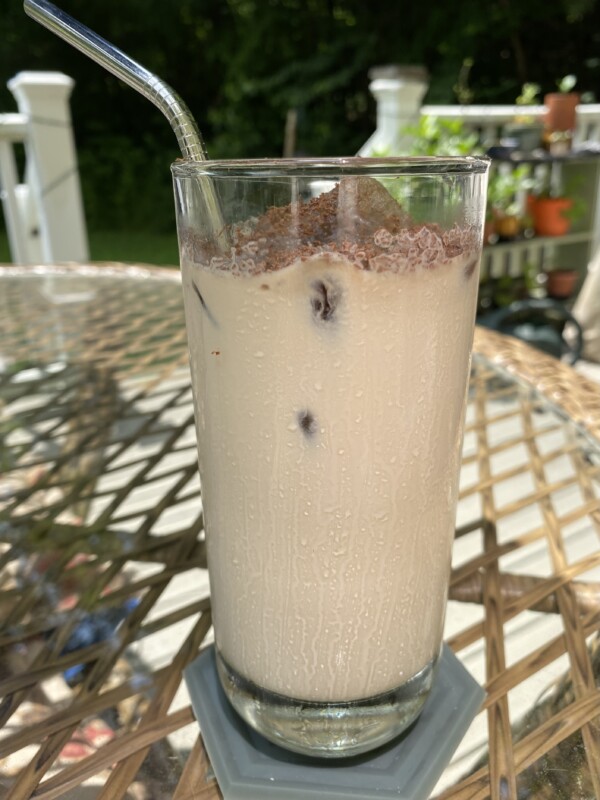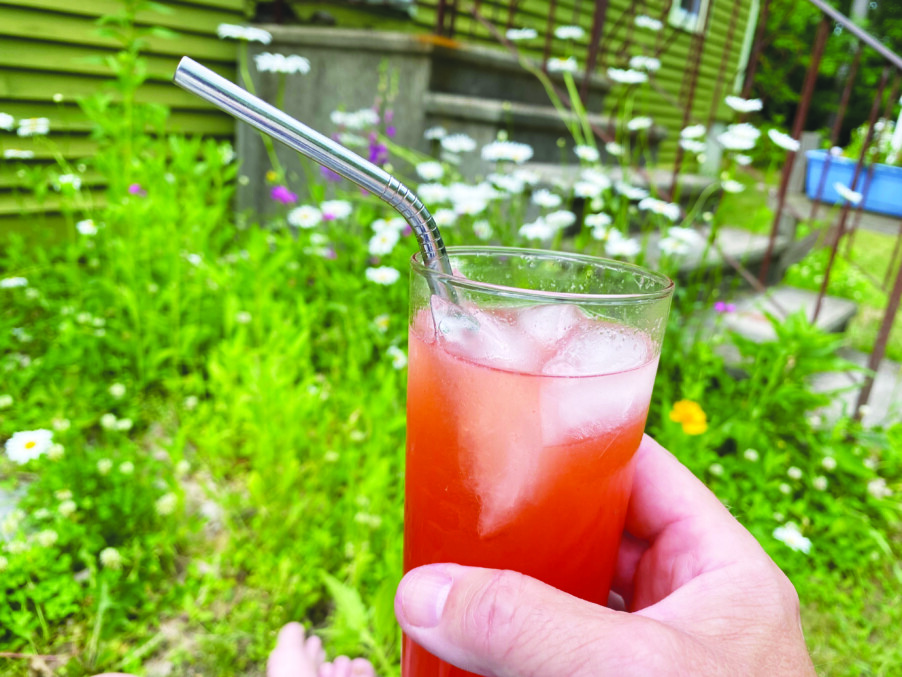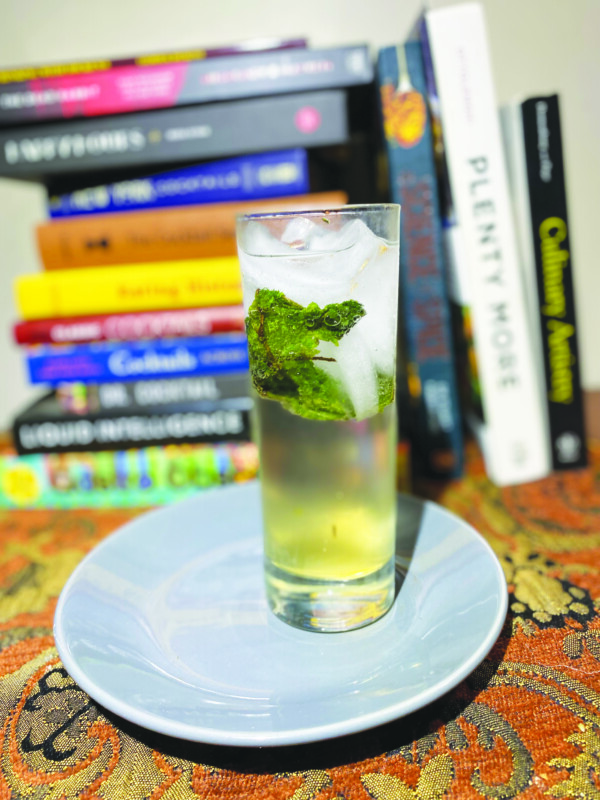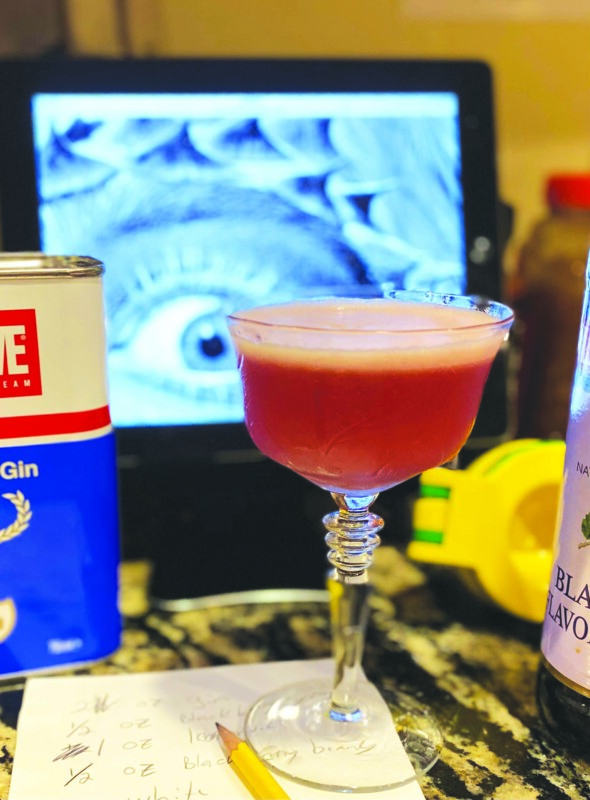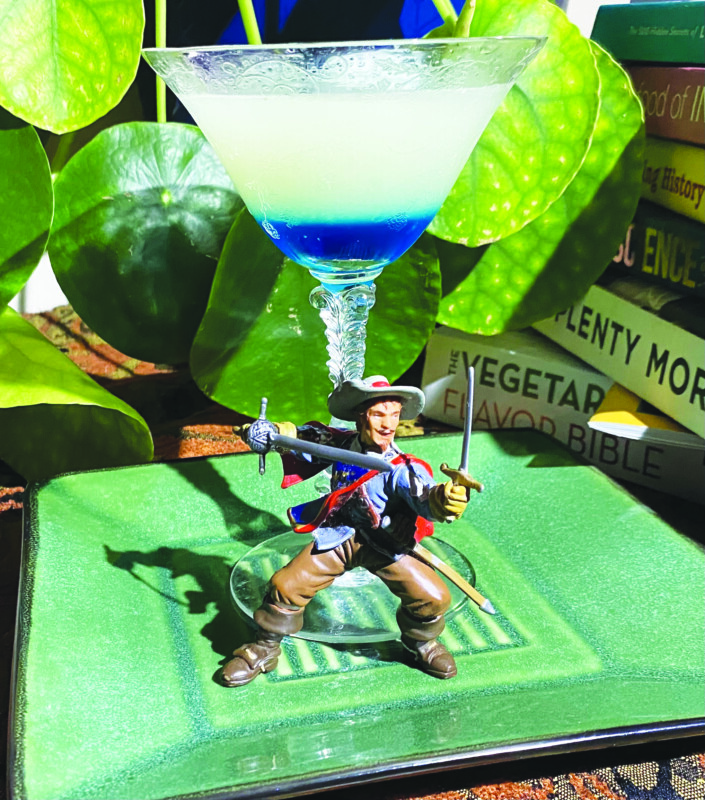Ingredients:
- 3 ounces cold-brew coffee concentrate – Trader Joe’s makes a very good one.
- 6 ounces half & half
- 1 ounce simple syrup
- frozen coffee (see below)
- dark chocolate, frozen (optional)
Coffee Ice
The secret to truly excellent ice coffee is coffee ice.
We’ve all been there, really, truly enjoying a cup of iced coffee on a bone-deep level. Not guzzling it — we’ve been around the block a few times, and we know that an ice cream headache is a real danger in situations like this, but we’ve also learned the hard way that we don’t make great decisions after ingesting an injudiciously large caffeine bolus.
So we nurse our iced coffee.
The first sip is transcendent.
The second one, 10 minutes later, is still pretty good.
After half an hour, we ask ourselves if it was really that good to begin with. Right now, it’s only so-so.
It eventually sinks in that the enemy here is the ice, gradually, subtly diluting the iced coffee, like an unwanted watery chaperone.
The secret is to make your ice out of coffee. Pieces of coffee ice will melt, but when they do, do you know what they add to your iced coffee? More coffee!
Use leftover coffee to make ice cubes, or make some with cold-brew concentrate.
But it isn’t the 1970s. What if you don’t have an ice cube tray?
Do you have a cake pan? Or a large zip-lock bag? Use one of those to make a block of ice, then chop it up with an ice pick.
But this isn’t a suspense movie; what if you don’t have an ice pick?
Wrap the ice in a tea towel, and swing it over your head, smashing it into the kitchen counter. Do this three or four times and you will have your choice of smashed ice — from coffee snow, to jagged coffee-sicles, to chunks of frozen coffee that will take up half your glass. Use what you want, then put the rest in a Tupperware container in the freezer for your next, inevitable iced coffee.
The actual iced coffee
The question here is how much restraint do you want to show with your iced coffee? The amounts here will make a very respectable 16-ounce serving. Maybe you only need a little pick-me-up. Maybe you have guests. Maybe you have in-laws staying with you. There are any number of reasons why you might want to drink a reasonable, temperate amount of iced coffee.
But maybe you are alone, or Having. A. Day. Maybe the kids or your boss are making extremely unreasonable demands. Maybe you need to drink enough iced coffee to stun a water buffalo. I’m not here to judge you.
The important thing to keep in mind here is the proportions. A one-quart glass jar would work just as well as a juice glass for this.
Pick a glass, then fill it halfway with coffee ice.
Add the half & half and cold-brew concentrate in a 2:1 ratio.
Add enough simple syrup to sweeten to taste.
Stir.
Using a microplane grater, or the tiniest holes on your box grater, grate frozen dark chocolate on top of your coffee, as garnish.
If you think you don’t like iced coffee, you might want to try this. It is creamy and slightly sweet. It isn’t a takeout milkshake pretending to be iced coffee. It’s the real thing. It’s delicately sweet, without much of the bitterness that mass-produced ice coffee tends to have. It starts out pretty innocent, whistling and looking up at the ceiling, but over the course of an hour it becomes more and more grown-up coffee.
Featured photo: Iced Coffee. Photo by John Fladd.

